Leaping Lemurs! Amazing Primates Roam North Carolina
Duke Lemur Center

The visitor's center at the Duke Lemur Center in Durham, N.C., where a typical southern forest is home to more than 200 lemurs and related primates.
Sifaka Lemur
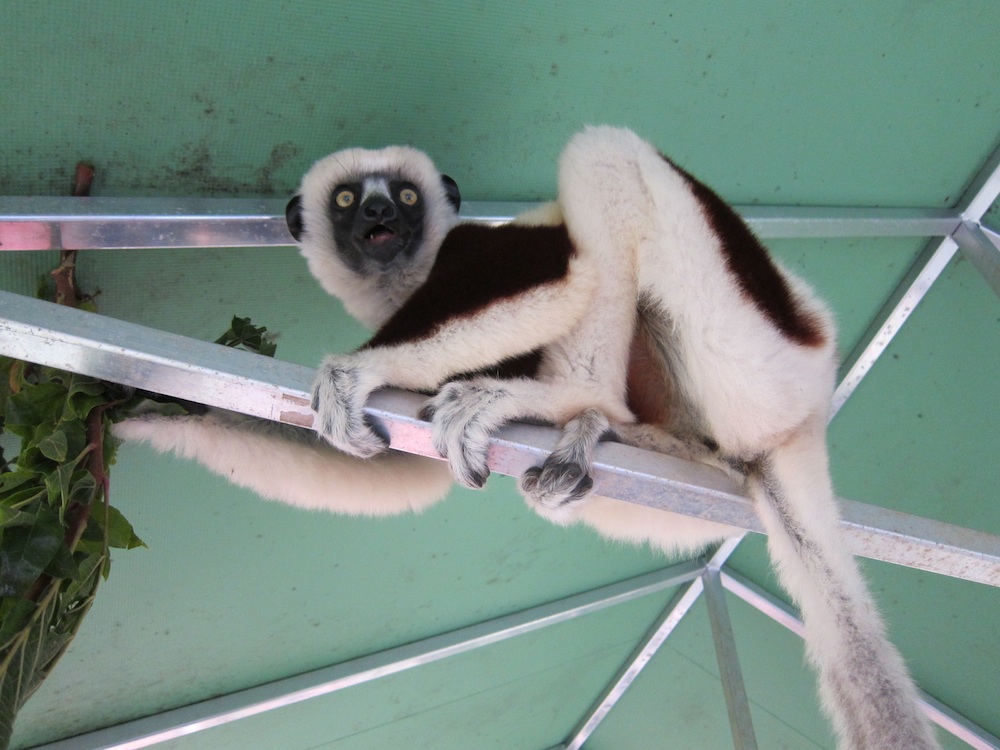
Can I help you? A sifaka lemur hangs out under an awning at the Duke Lemur Center.
Ring-tailed Lemur
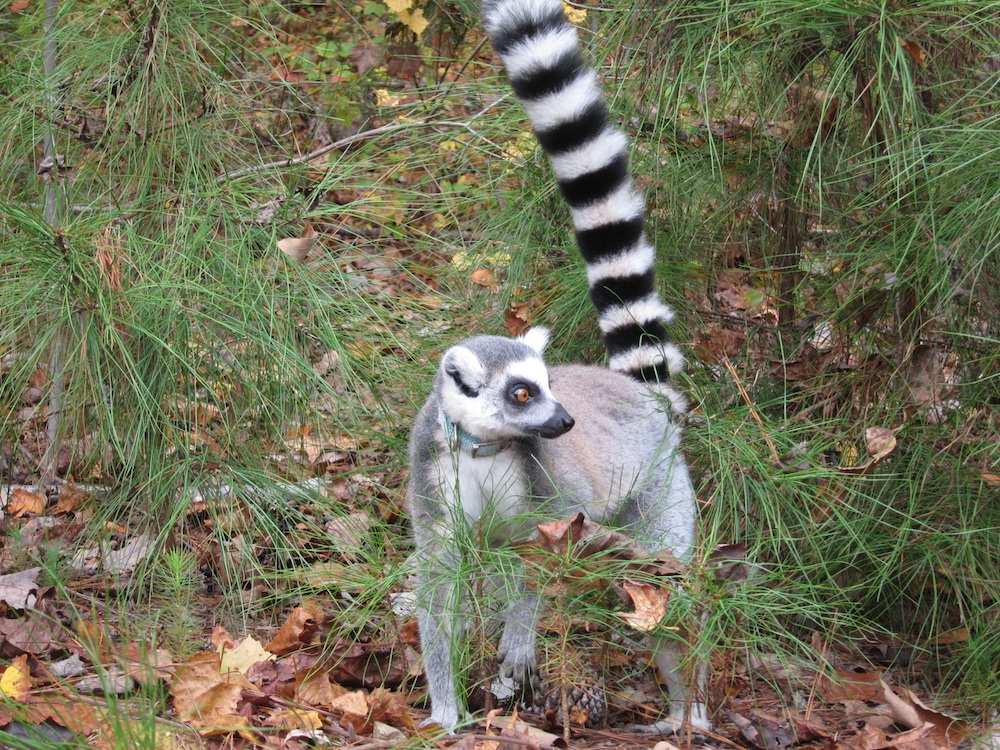
Ring-tailed lemurs emerge from the forest at the Duke Lemur Center. Lemurs trained to come at a trainer's signal are able to roam the fenced-in grounds freely.
Lemur Strikes a Pose
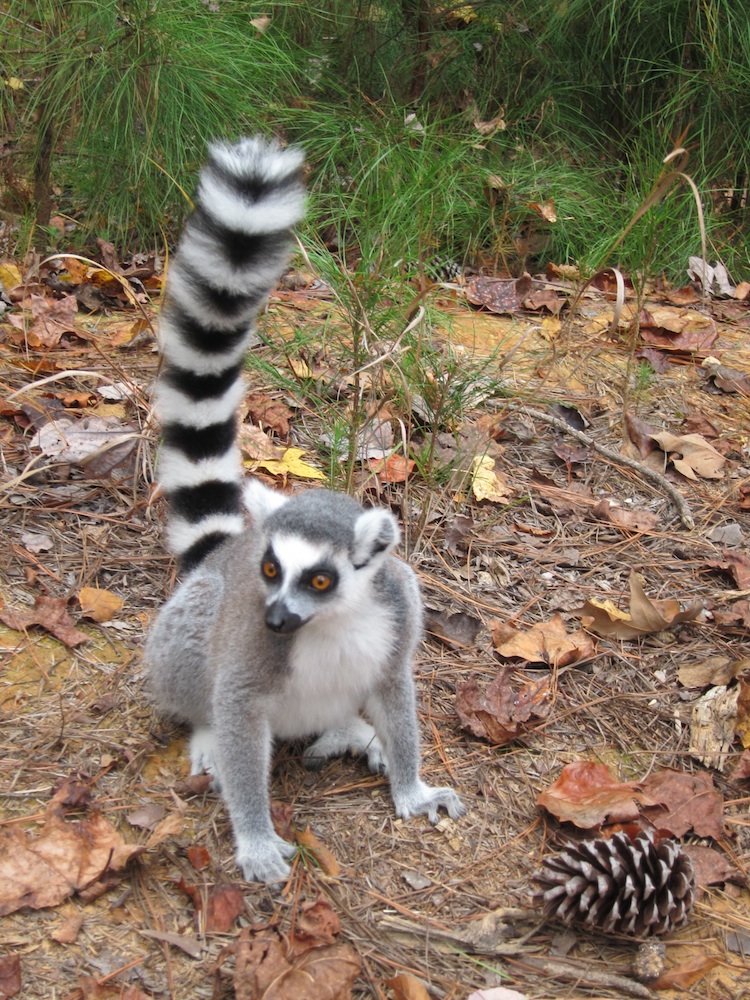
A Ring-tailed lemur strikes a pose at the Duke Lemur Center.
Blue-Eyed Black
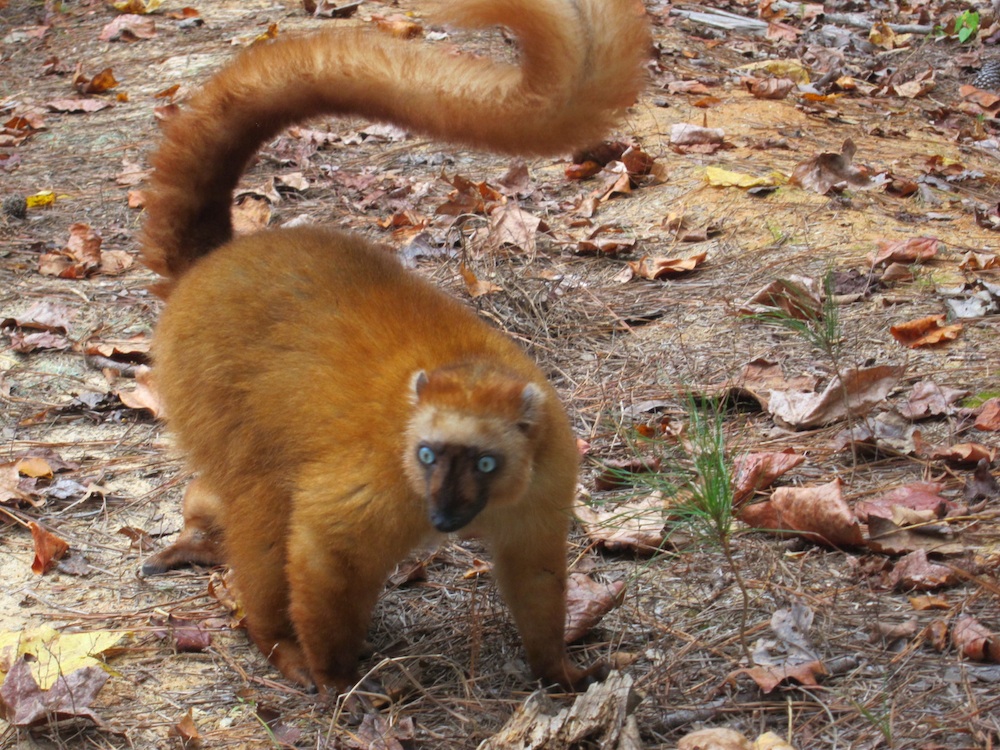
Blue-Eyed Black Lemurs are named for the male of the species, which is solid black. Females, like this one, are orange.
Blue-Eyed Black Stands

A male Blue-Eyed Black Lemur gets up on two legs in hope of food.
Blue Eyes
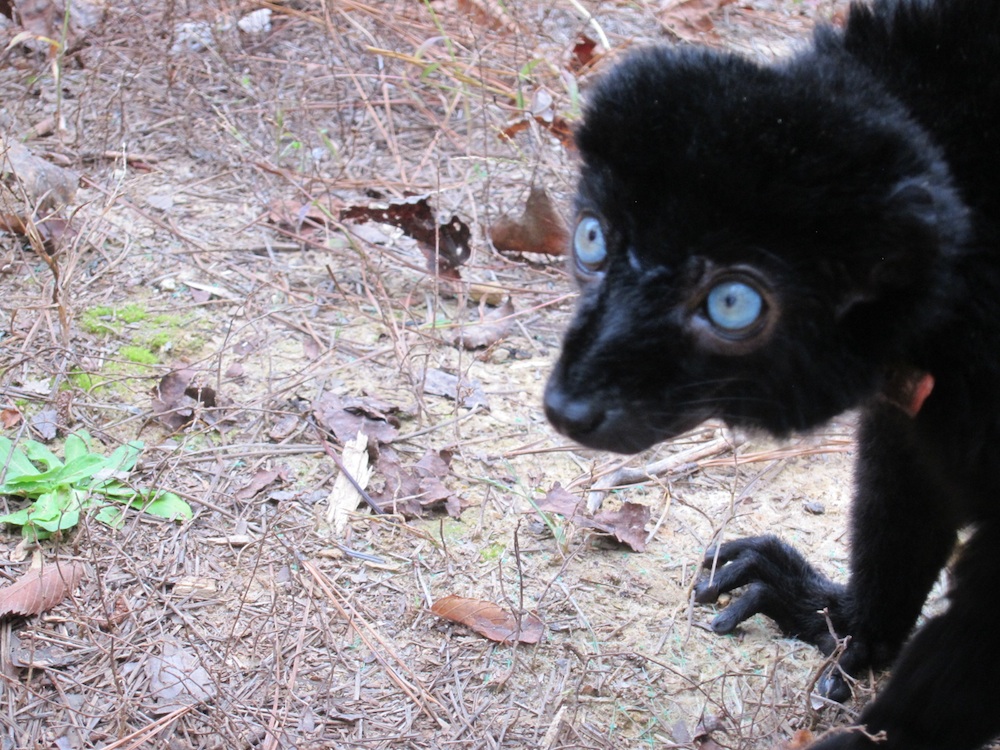
This close-up reveals why the Blue-Eyed Black Lemur has its name.
Get the world’s most fascinating discoveries delivered straight to your inbox.
Jumping Sifaka
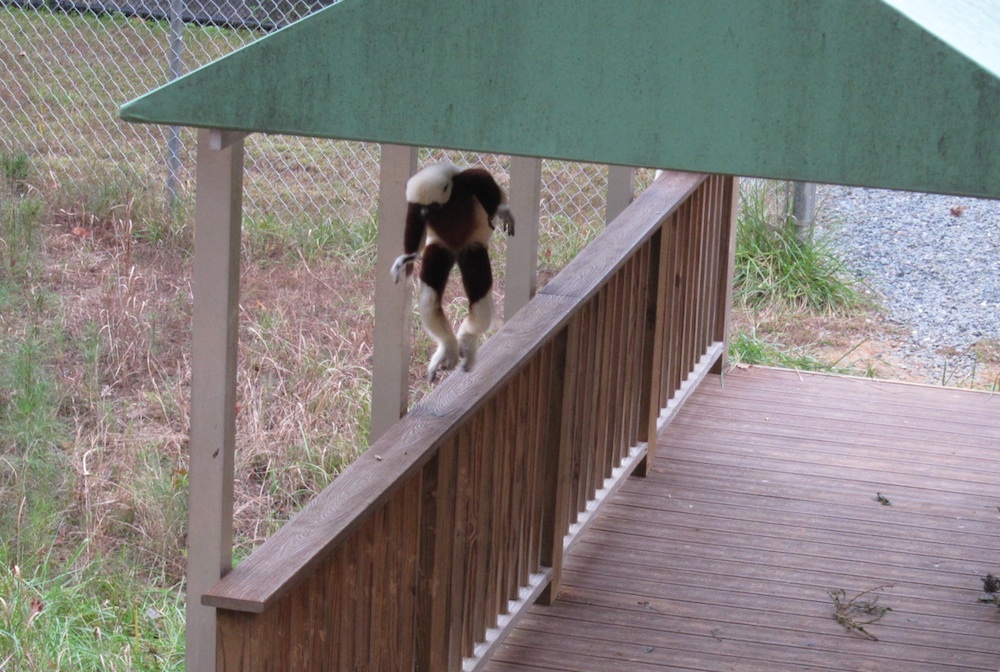
Sifaka lemurs are expert climbers but don't get around well on the ground. To move, they hop sideways on their back legs.
Ring-tailed Lemurs

Ring-tailed Lemurs, unlike Sifakas, are ground-dwelling.
Lemur Tree

How many lemurs can fit on one tree?
Tree Sifaka
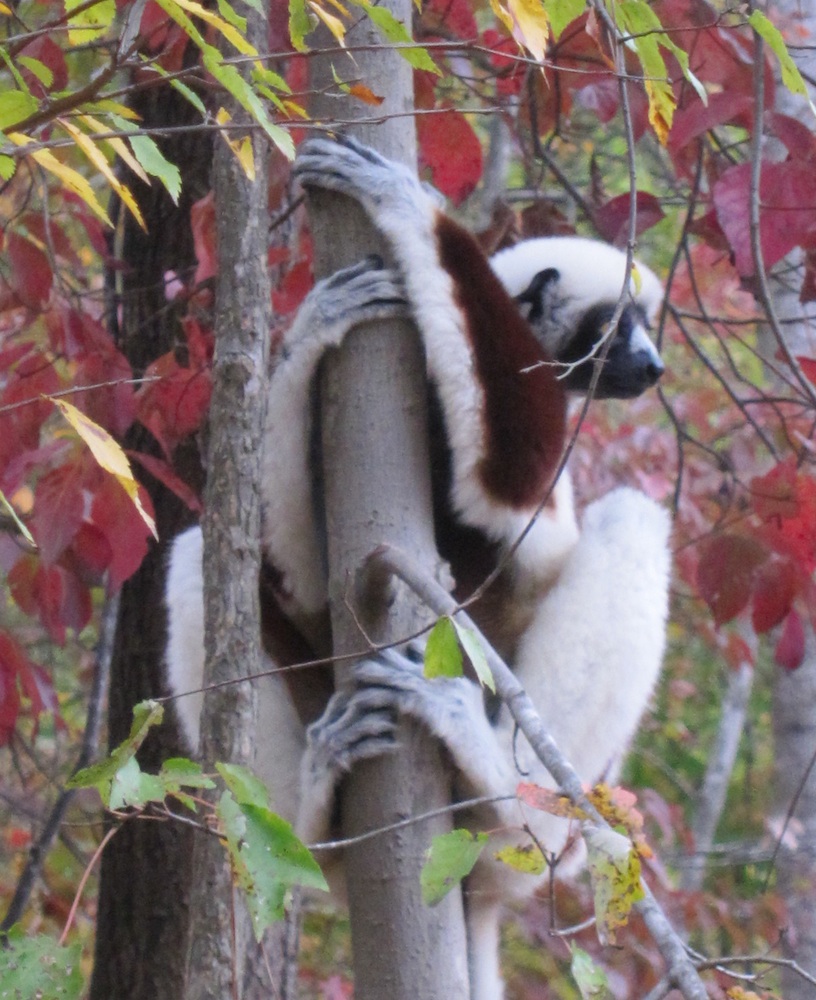
A Sifaka lemur wraps long limbs and toes around a tree at the Duke Lemur Center.

Stephanie Pappas is a contributing writer for Live Science, covering topics ranging from geoscience to archaeology to the human brain and behavior. She was previously a senior writer for Live Science but is now a freelancer based in Denver, Colorado, and regularly contributes to Scientific American and The Monitor, the monthly magazine of the American Psychological Association. Stephanie received a bachelor's degree in psychology from the University of South Carolina and a graduate certificate in science communication from the University of California, Santa Cruz.
 Live Science Plus
Live Science Plus





